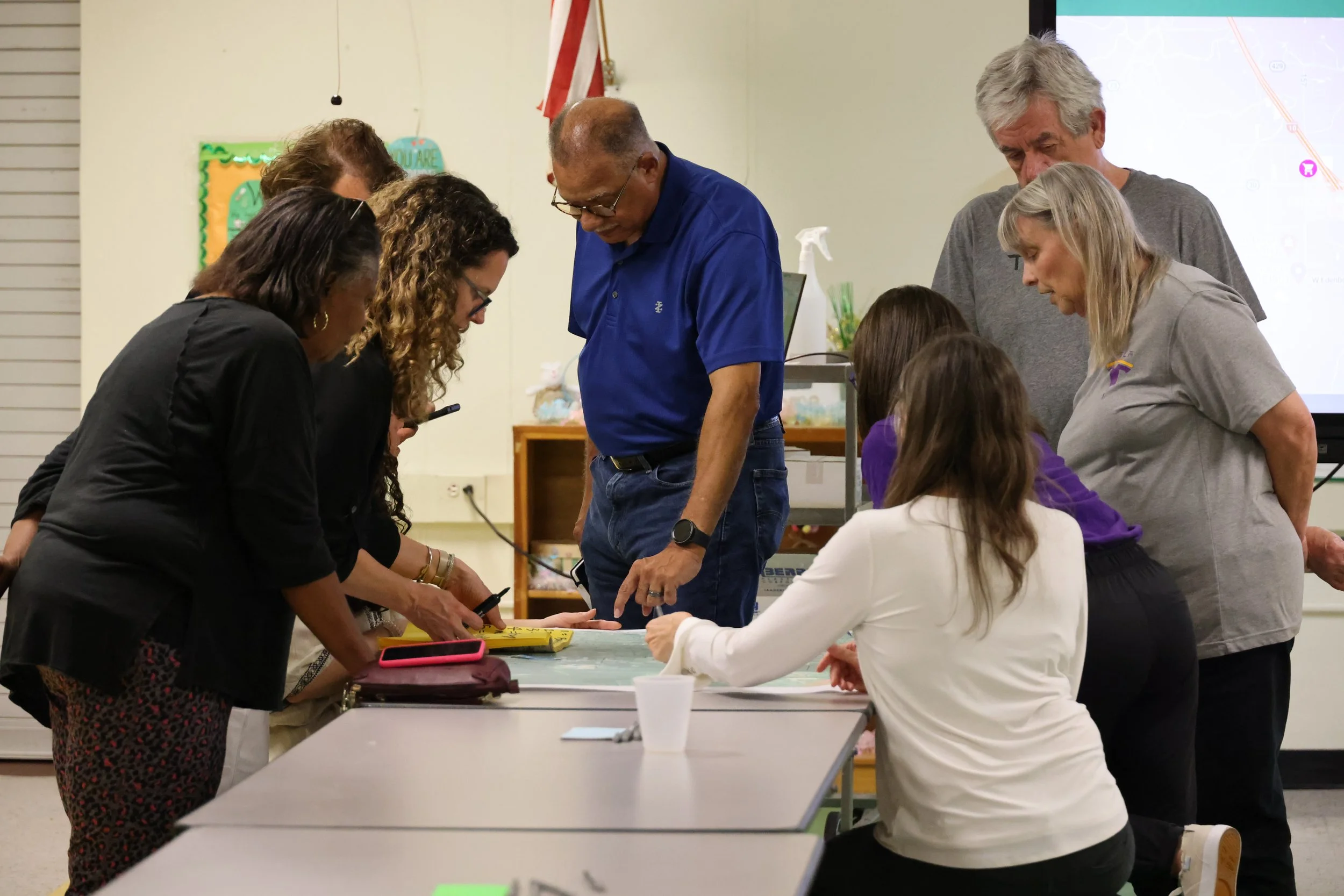U.S. EPA Sustainable Communities Technical Assistance Programs
U.S. Environmental Protection Agency (EPA), Office of Community Revitalization (OCR)
Since 2011, Renaissance has been working with the U.S. EPA, beginning as a consultant under their Sustainable Communities IDIQ contract, and eventually through a series of different contracts. Renaissance has been playing a lead role in the EPA’s various technical assistance programs, primarily for the Office of Community Revitalization (formerly the Office of Sustainable Communities), but more recently also with the Office of Brownfields and Land Revitalization (OBLR). These technical assistance programs are focused on capacity building, conducting research, and developing communication materials across a broad spectrum of sustainability areas. Our team has been facilitating public engagement and workshops, while also creating and refining new tools for various community assistance programs for the EPA nationwide.
Jump to section:
Community-Based Electrification Strategies to Promote Greater Equity and Enhanced Mobility (2022 - 2023)
The U.S. Environmental Protection Agency, Office of Community Revitalization
In 2022, Renaissance was awarded a contract to develop a new tool to assist communities in their transportation electrification strategies, aligning them with benefits needed and desired by disadvantaged community members. The Infrastructure Investment and Jobs Act, also known as the Bipartisan Infrastructure Law (BIL), and the Inflation Reduction Act are both once-in-a- generation Federal investments. Justice 40 made it a goal that 40 percent of the overall benefits of certain Federal investments flow to disadvantaged communities that are marginalized, underserved, and overburdened by pollution. The benefits of these Federal investments can be holistic and address the needs of disadvantaged communities with intentional planning and coordination, however historically investments in electric vehicle adoption and infrastructure have provided more direct benefits to individuals and businesses with the means to own and operate electric vehicles. Therefore, the tool created as a part of this contract is designed to help communities assess how different funding opportunities related to electric vehicle (EV) infrastructure and other carbon neutral transportation options can more directly be used to benefit disadvantaged and historically marginalized and lower income communities. The tool presents the potential benefits of EV infrastructure investments and helps communities assess how these benefits can align with needs promoting greater equity and enhanced mobility.
Renaissance created and piloted this tool with the U.S. EPA, the Joint Office of Energy and Transportation, the Department of Energy Vehicle Technologies Office, and Clean Cities coalition partners in Minnesota and Louisiana. The workshops brought together key stakeholders from throughout the two regions to develop action plans for the implementation of community-based electrification strategies to promote greater equity and enhanced mobility. The workshops included a community meeting and two stakeholder work sessions focused on the community’s EV transportation and mobility vision and goals and specific strategies for reaching them. As a result of the TA the two communities will have a clear understanding of the existing and aspirational elements of their EV charging and electric mobility policies and will have identified strategies to best match their community’s needs and assets specifically identifying any that may be eligible for a range of Federal funding. The Clean Cities coalition partners, and other committee members, will have a greater understanding of equitable engagement methods and be better equipped to identify and assess the needs of disadvantaged community members. Renaissance also filmed and produced a 5-minute video for this project that tells the story of how the new federal, regional, and local partnerships came together in Gonzales, Louisiana to help address equity issues and economic development around future EV infrastructure.


